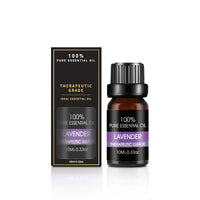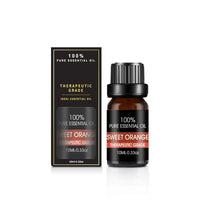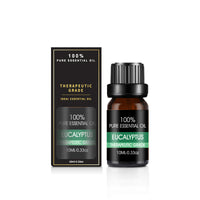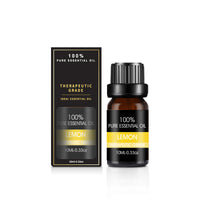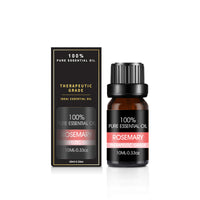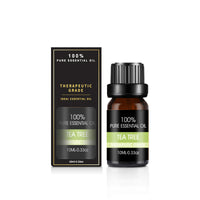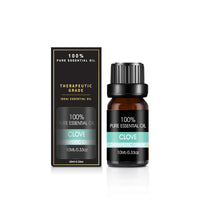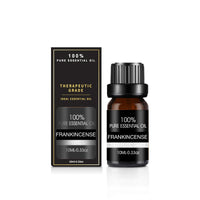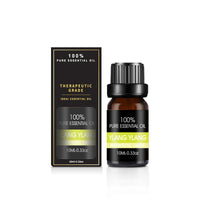Seasonal allergies can be a real nuisance, causing symptoms such as sneezing, congestion, and itchy eyes. While there are various treatments available, one natural and effective way to alleviate these symptoms is by using essential oil diffusers. Let's look at how essential oil diffusers can help with seasonal allergies and provide some tips on how to use them effectively.
How do essential oil diffusers work?
Essential oil diffusers work by dispersing the aromatic molecules of essential oils into the air, creating a pleasant and therapeutic atmosphere. When inhaled, these molecules can have a positive impact on our physical and emotional well-being. For seasonal allergies, certain essential oils can help reduce inflammation, clear congestion, and boost the immune system.
Which essential oils are beneficial for seasonal allergies?
Several essential oils have properties that can help alleviate the symptoms of seasonal allergies. Here are a few examples:
- Lavender essential oil: Known for its calming and anti-inflammatory properties, lavender oil can help soothe irritated airways and reduce congestion.
- Peppermint essential oil: Peppermint oil has a cooling effect and can help relieve nasal congestion and headaches associated with allergies.
- Eucalyptus essential oil: With its decongestant properties, eucalyptus oil can help clear the airways and promote easier breathing.
- Tea tree essential oil: Tea tree oil has antimicrobial properties that can help prevent respiratory infections, which often accompany seasonal allergies.
How to use essential oil diffusers for seasonal allergies?
Here are some tips on how to use essential oil diffusers effectively for seasonal allergies:
Choose the right diffuser
There are various types of diffusers available, including ultrasonic diffusers, nebulizing diffusers, and heat diffusers. Ultrasonic diffusers are often recommended for allergies as they disperse a fine mist of essential oils without altering their therapeutic properties.
Select the appropriate essential oils
As mentioned earlier, lavender essential oil, peppermint essential oil, eucalyptus essential oil, and tea tree essential oil are beneficial for seasonal allergies. You can use them individually or create a blend by combining a few drops of each oil. However, it's important to note that essential oils are potent, so it's best to start with a small amount and adjust according to your preference.
Follow the instructions
Each diffuser has specific instructions on how to use it. It's essential to read and follow these instructions carefully to ensure safe and effective use. Generally, you will need to fill the diffuser with water, add a few drops of essential oil, and turn it on.
Place the diffuser in the right location
For maximum effectiveness, place the diffuser in the room where you spend the most time or where you experience the most allergy symptoms. Keep it at a safe distance from children and pets.
Use the diffuser regularly
Consistency is key when using essential oil diffusers for seasonal allergies. Consider running the diffuser for a few hours each day or as needed to experience the desired relief. Remember to refill the water and add more essential oil when necessary.
Essential oil diffusers can be a valuable tool in managing seasonal allergies. By choosing the right diffuser, selecting appropriate essential oils, and following the instructions, you can create a soothing environment that helps alleviate allergy symptoms. Remember to consult with a healthcare professional if you have any concerns or if your symptoms persist.


